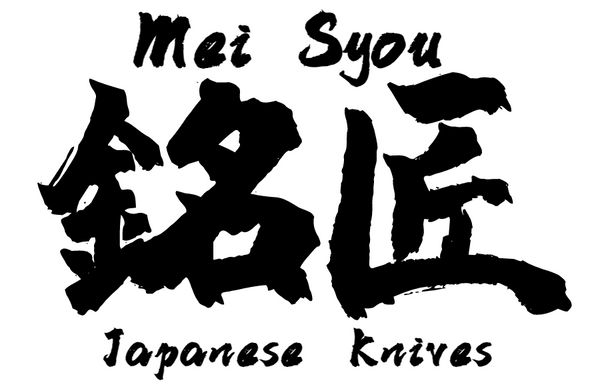Maintenance
Japanese Knife Maintenance Guide







There is nothing worse than a dull knife.
Or a chipped knife.
Or a rusted knife.
Or…
Well, you get the point. Once you lay down some big bucks on a beautiful Japanese knife, you’re going to want to take care of it.
Knowing how to correctly maintain and sharpen your blade will not only make it more effective, but will also prolong its useful life and give you many years of loyal service.
In this article, I will go over some basic knife maintenance tips, as well as a step by step Japanese knife sharpening guide.
Japanese Knife Maintenance, Usage, and Storage
Washing / Drying

You should always hand wash, and hand dry your knife (don’t forget the handle). Never put it in the dishwasher. Some entry-level knives will say they are “dishwasher safe”, but I think it is best to get in the habit of hand washing and drying. Simply use a soft sponge, some dish soap, and hot water. If you put the knife in a dishwasher, there is also a chance it will rattle around and damage the cutting edge.
Many high-carbon steel knives will rust, or discolor very quickly if left wet, ruining your beautiful knife. Therefore, it is also smart to have a towel on hand that you can use to quickly wipe off moisture as you prep food.
Usage
Never try to use your Japanese knife to cut through hard bone, or hard surfaces. Japanese blades are made from very hard steel (60+ HRC) which allows it to retain a sharp edge for a long time, but also makes it more brittle. They are also much thinner, with a more acute cutting edge than a typical Western-made knife. This further increases the potential of chipping if used incorrectly.
Useful note:
When talking about steel, “hardness” is very different from “toughness”. Hardness refers to the ability to withstand penetration, or scratching (e.g. a diamond is super hard). Toughness refers to the material’s ability to absorb energy, or withstand a fracture. As hardness increases, toughness decreases. For example, Western made knives use softer steel (55~58 HRC) which will dull more quickly than Japanese knives, but are “tougher” and less likely to chip. Knife makers are constantly trying to find a good balance between the two properties.

You also need to be using proper cutting technique. This means using a smooth cutting motion, and not exerting an excessive amount of force to drive your knife down into the cutting board. If you find yourself using lot of strength, either your knife is not sharp enough, you are using the wrong type of knife, or you are trying to cut something that you should not be.
Cutting Boards
Your cutting board should not be so hard that it damages your blade. Hi-soft (polyvinyl acetate), or end-grain wood boards are the most recommended cutting board materials. All-rubber / Sani-tuff boards are also good. If you are on a tight budget, you can get a cheap soft plastic (polyethylene) board, but they tend to scratch easier and are more difficult to clean.

Whatever you do, avoid cutting boards made of hard materials like bamboo, granite, stainless steel, hard plastic or edge-grain wood that will dull or damage your knife edge quickly.
Travelling
Some people like to travel with their knives (usually professional chefs). There are plenty of great knife rolls, bags, and cases to choose from. At bare minimum, make sure you have a blade guard on your knife.


Long term storage for carbon-steel knives
Here’s a cool tip if you are not planning to use your knife for awhile (i.e. long holiday, business trip, etc.):
First make sure the knife is completely dry, then wrap it in a bunch of newspaper. Newspaper provides good breathability, and the ink can help prevent the blade from rusting. Store your knife somewhere that is well ventilated with low air-humidity.
